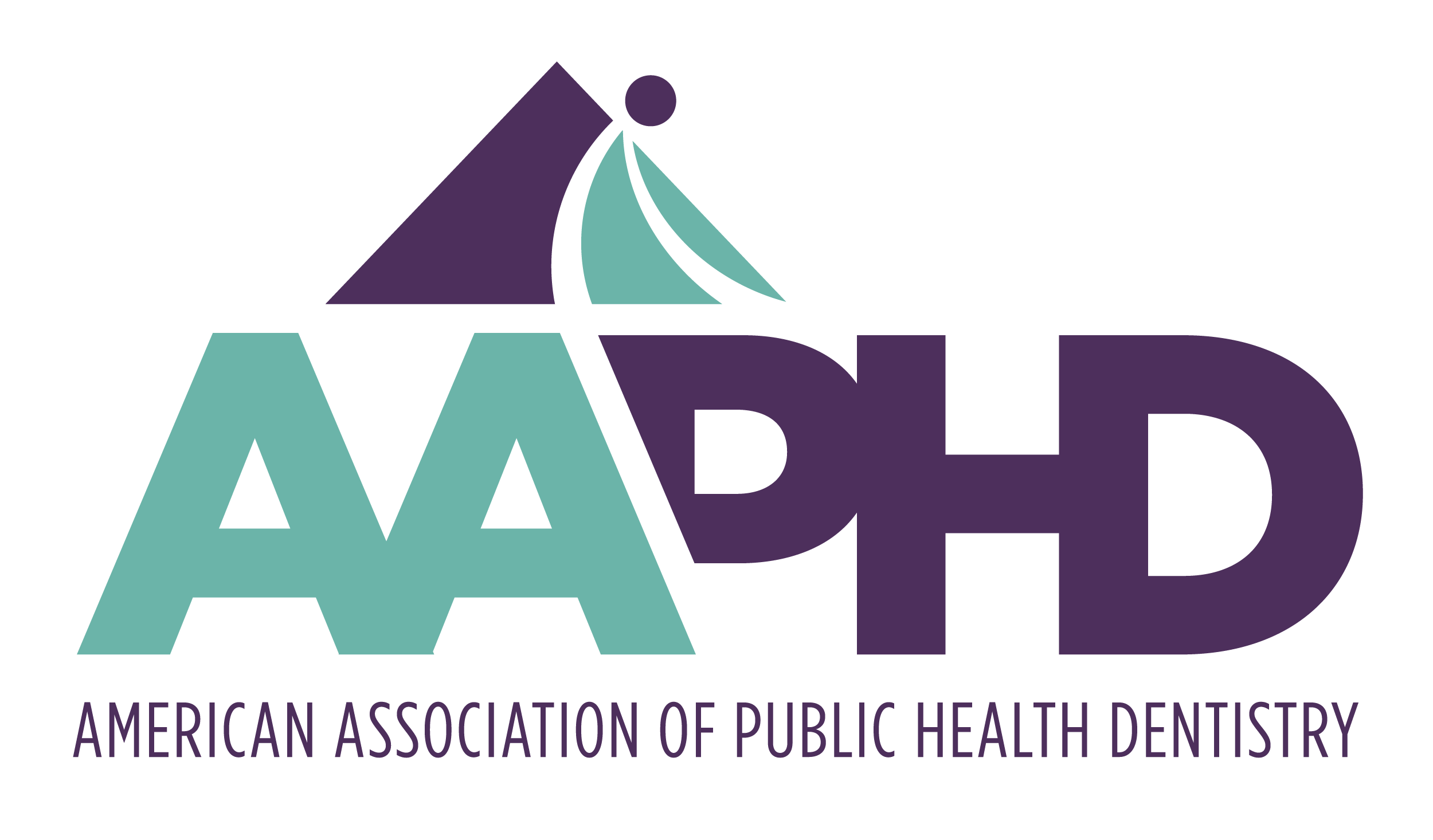- About
- Dental Public Health
- Join
- Attend
- Learn
- Lead
- Recognize
- Students
- Foundation
The Intersection of Housing, Homelessness, and Oral HealthAuthored by McAllister Castelaz, DMD, MS and Alaina Boyer, PhD from National Health Care for the Homeless Council (NHCHC) Housing is more than shelter; it is a foundational determinant of health. For individuals experiencing homelessness or housing instability, oral health is often an invisible crisis compounded by systemic barriers, stigma, and structural neglect. Stable housing plays a critical role in maintaining oral health. It enables homecare routines many of us take for granted, such as brushing and flossing, as well as the ability to schedule and regularly attend dental appointments for both preventive as well as urgent care. Without stable housing, people face cascading challenges: lack of access to clean water or hygiene supplies, difficulty storing medications or dentures, and reduced ability to prioritize dental visits over pressing needs like food, safety, and shelter. The barriers are well documented: limited or no insurance, transportation hurdles, inflexible appointment systems, and documentation requirements all compound to make dental care inaccessible (1,2). For those living without housing, the experience is often marked by discrimination or inadequate provider understanding of their circumstances (3,4). Yet, the impacts of poor oral health are severe. Pain, infections, and broken teeth drive emergency room visits (5). Untreated oral disease worsens chronic conditions like diabetes and heart disease. Malnutrition, low self-esteem, and limited employment opportunities follow. The consequences are both clinical and deeply personal. Despite these challenges, innovative models are emerging to close the gap (3,6). Low-barrier mobile programs, like the Worcester substance use disorder (SUD) mobile unit, integrate oral health into street outreach. Community health workers (CHWs) trained in oral health deliver hygiene kits, provide tailored education, and help clients navigate care, offering transportation, appointment reminders, and even onsite fluoride varnish applications. Co-located care in shelters is another promising approach. Embedding dental care into medical visits through routine screenings, case management, and partnerships with local dentists and dental schools helps normalize and sustain access. These models also support trauma-informed care and contingency management strategies, which meet individuals where they are, with compassion and flexibility. Housing is more than shelter, it is a foundational determinant for oral health. Without, basic routines such as brushing, flossing, and attending dental appointments become nearly impossible. Instability leads to limited access to clean water, hygiene supplies, and safe storage for dentures or medications, forcing survival to take priority over prevention. Fortunately, innovative models are showing promise, mobile outreach programs and CHW-led navigation efforts are bringing oral care directly to people where they are. Co-locating dental services in shelters and medical clinics normalizes access and supports continuity of care. These approaches emphasize flexibility, dignity, and trauma-informed practice. Recommendations:
References
|

